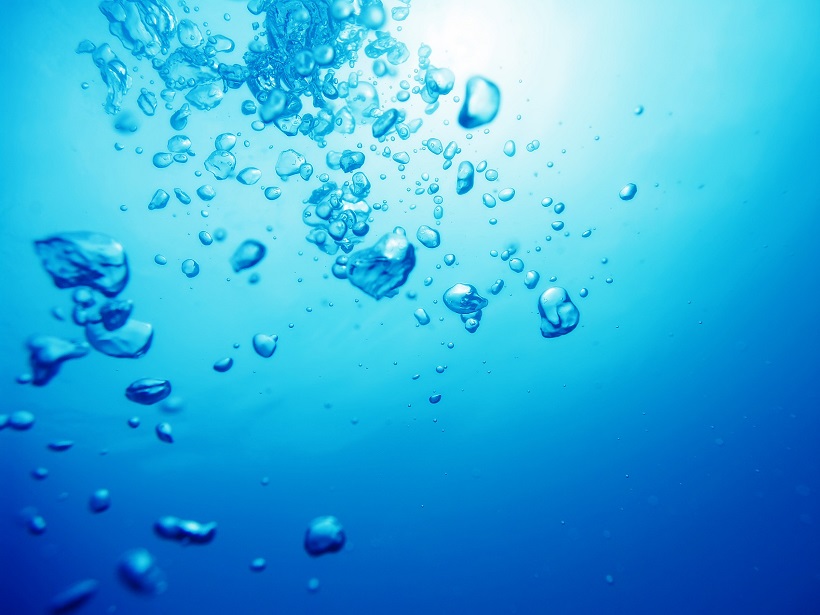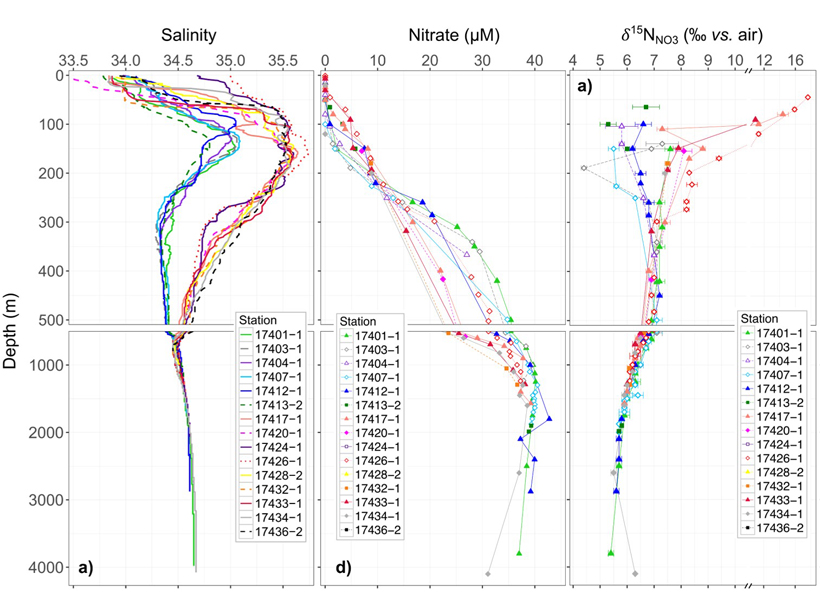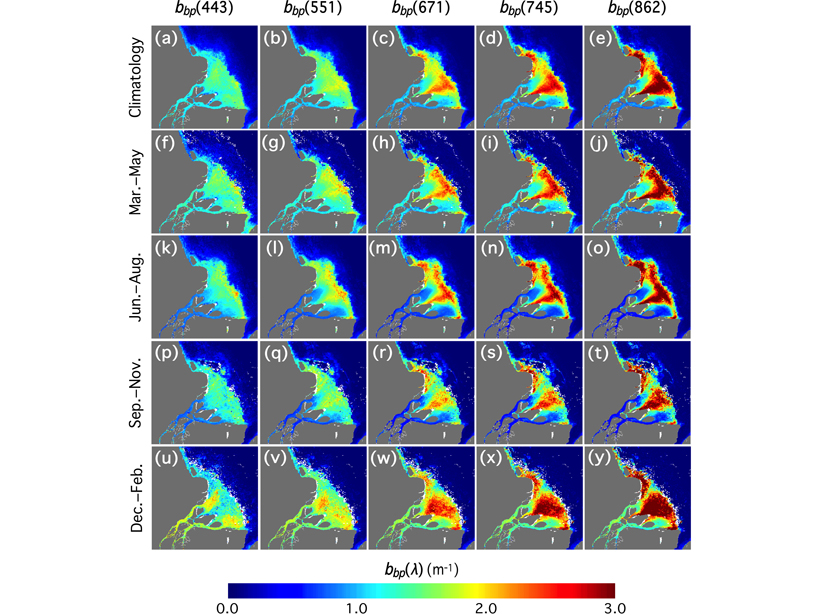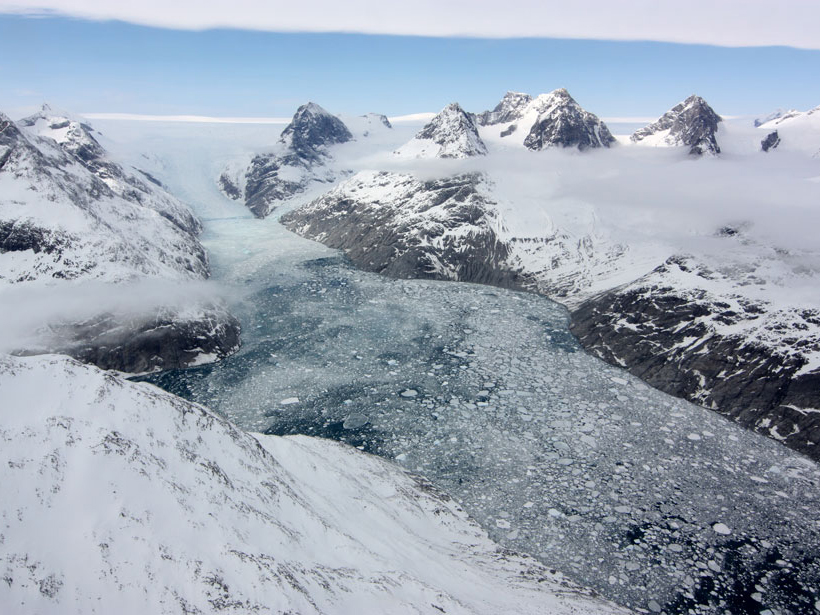Widespread declines in ocean oxygen concentrations are now being reported with authors offering quite different explanations. Which ones are correct?
Journal of Geophysical Research: Oceans
Hurricanes and the Sea: It Takes Two to Tango
A new special issue of JGR: Oceans reveals the rich relationship between the ocean and tropical cyclones.
A Complete Picture of Southern Ocean Surface Circulation
For the first time, researchers combine estimates of sea surface height and circulation patterns in both ice-covered and ice-free regions of the Southern Ocean.
Unraveling Hemispheric Ocean Nitrate Supply Pathways
Subsurface measurements of nitrogen and oxygen isotope ratios in nitrate reveal a predominantly southern hemisphere supply of nitrate to the equatorial Pacific.
Advancing Satellite Ocean Color Observations
A new derived algorithm for particle backscattering and multi-year VIIRS climatology improves ocean color parameterization in highly turbid coastal and inland waters.
Chaos Beneath a Calm Sea
Seismic data help reveal fine-scale wave breaking, instability and turbulence in the ocean interior.
Acoustic Imaging of Oceanic Mixing in the Gulf of Mexico
Detailed analysis of acoustic reflections suggests that vertical mixing of oceanic water is enhanced at greater depths, thanks to weak stratification and the roughness of the seabed.
Satellites Accurately Capture Ocean Salinity in the Arctic
On-the-ground measurements are notoriously difficult in the harsh environment of the Arctic, but satellites could help close the gap in measuring sea surface salinity.
Is Global Warming Suppressing Canonical El Niño?
A study explores the relationship between diverse El Niño events and the background state of the tropical Pacific.
Run-Ups of Unusual Size
Not all waves are created equal when it comes to eroding sandy shorelines. Here’s a look at the physics that drives the big ones.










